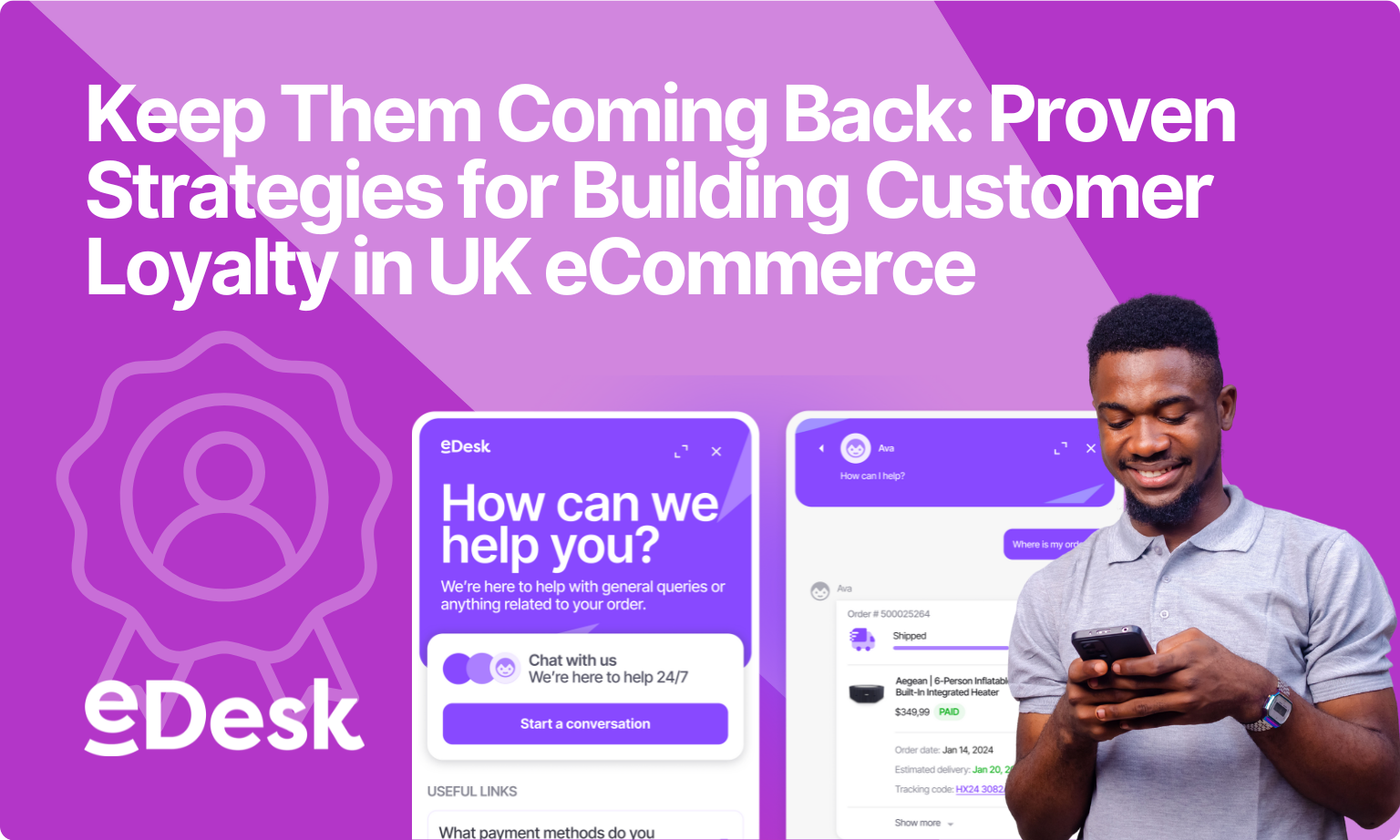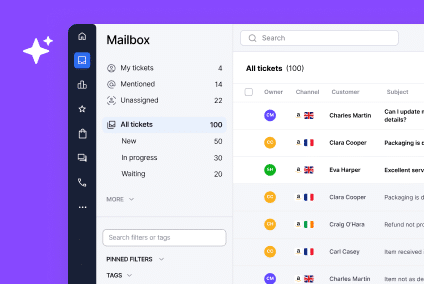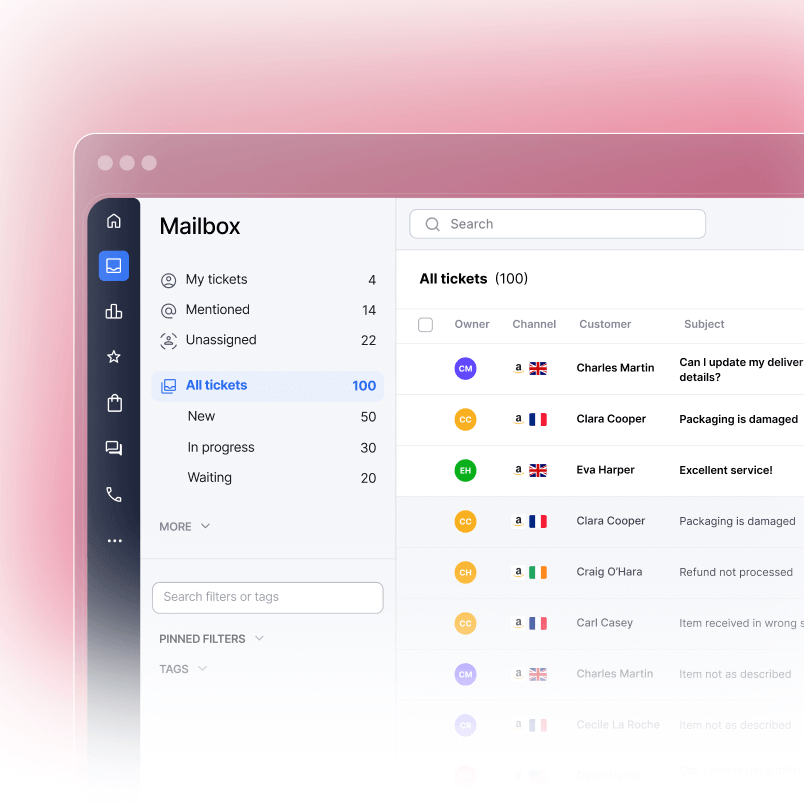In the competitive UK eCommerce landscape, where retail ecommerce sales reached £177.11 billion in 2024 and about 50 million people are expected to be e-commerce users, customer loyalty has become more crucial than ever. With British consumers increasingly comfortable with online shopping yet maintaining high expectations for service quality, building lasting relationships with your customers isn’t just beneficial—it’s essential for sustainable growth.
The numbers tell a compelling story: a 5% increase in retention rates could potentially boost profits by 25% to 95%, whilst retaining existing customers is five times more cost-effective than acquiring new ones. For UK eCommerce businesses competing in a market where ecommerce penetration has plateaued at 30.4%, the focus must shift from pure acquisition to nurturing existing customer relationships.
Understanding the UK Consumer Mindset
British shoppers exhibit unique characteristics that directly impact UK customer loyalty strategies. 54% of UK respondents always research major purchases online first, demonstrating the informed nature of British consumers. This research-first approach means UK shoppers appreciate transparency and detailed information—factors that significantly influence repeat business UK.
The post-pandemic shopping landscape has created interesting dynamics. 63% of UK adults prefer to do their food shop online rather than go to the supermarket, yet food remains the type of product people are most likely to buy in a physical store (37%). This apparent contradiction highlights the importance of understanding context and providing flexibility in your customer experience.
Gender differences also play a role in British shopper engagement. Women are considerably more likely than men (58.68% vs 41.37%) to have bought clothing online, whilst men are likelier than women (32.18% vs 21.73%) to buy electronics online. These insights should inform your personalised marketing approaches.
The Trust Foundation
Trust forms the bedrock of customer retention UK strategies. British consumers value transparency and reliability above flashy marketing tactics. 68% of Britons express a willingness to pay more for higher-quality products, indicating that quality and value perception drive loyalty more than price alone.
Building trust requires consistent delivery on promises, particularly around shipping and returns. 41% of online shopping carts are abandoned because the consumer’s favourite delivery provider is unavailable, highlighting how crucial reliable fulfilment is to UK consumers. When customers know they can depend on your service, they’re more likely to become repeat buyers.
Transparency in pricing also matters significantly. Hidden costs at checkout are the primary reason for cart abandonment among UK shoppers, so being upfront about all fees builds trust and reduces friction in the purchasing process.
Personalisation That Resonates
Personalised marketing has become table stakes in building customer loyalty. 80% of consumers are more likely to buy from a brand if they’re offered a personalised experience, and 44% of consumers want personalised rewards based on previous purchase history.
For UK eCommerce businesses, effective personalisation goes beyond using customers’ names in emails. It involves understanding shopping patterns, seasonal preferences, and regional variations within the UK market. Consider how different regions might have varying preferences for delivery times, payment methods, or even product categories.
The key is to use data intelligently without being intrusive. British consumers appreciate personalisation that feels helpful rather than invasive. Focus on recommendations based on purchase history, personalised offers during relevant seasons, and tailored communication frequency based on customer preferences.
Rewards Programs UK: Beyond Points and Discounts
Traditional rewards programs UK are evolving to meet changing consumer expectations. The industry of customer loyalty management is valued at $4.43 billion worldwide as of 2025, and loyalty program members contribute to 43% of companies’ annual sales.
However, successful UK loyalty programmes require more than basic point accumulation. Tesco and Nectar dominate consumer recall, with 72% and 54% awareness respectively, but paid loyalty schemes face significant resistance, with 41% of Britons viewing them as poor value for money.
The most effective rewards programs UK focus on:
Value-driven benefits: Given the current cost-of-living pressures, cashback and genuine savings resonate more than complex point systems. Cashback rewards are emerging as a powerful tool to engage customers during times of inflation.
Flexibility and choice: Allow customers to choose how they redeem rewards, whether through discounts, exclusive products, or experiential benefits.
Tiered experiences: Create meaningful differences between loyalty tiers that make customers feel genuinely valued as they progress.
Community elements: Foster brand advocacy UK by creating opportunities for customers to engage with each other and share experiences.
Exceptional Post-Purchase Care
Post-purchase care often determines whether a customer makes a second purchase. After buying from your online store for the first time, a customer has a 27% chance of buying again. After a second purchase, there’s a 49% chance they’ll buy again.
UK consumers have specific expectations around post-purchase communication. They want timely updates about their orders, easy access to tracking information, and responsive customer service when issues arise. 82% of customers expect brands to reply immediately to a question, highlighting the importance of rapid response times.
Proactive communication works particularly well with British customers. Send updates about delivery delays before customers have to enquire, provide care instructions for products, and follow up to ensure satisfaction. This approach builds confidence and demonstrates that you value the relationship beyond the initial transaction.
Consider implementing automated review requests through platforms like eDesk Feedback to systematically capture customer sentiment and demonstrate your commitment to continuous improvement.
Customer Lifetime Value Optimisation
Understanding and optimising customer lifetime value requires a long-term perspective on customer relationships. The longer customers buy from your business, the higher their average order value will be for most industries. In beauty and cosmetics, for example, customers spend 30% more per order after shopping with a company for six months and 45% more after 36 months.
This progression doesn’t happen automatically—it requires strategic nurturing. Focus on:
Cross-selling and upselling: Introduce complementary products at the right moments in the customer journey. Use purchase history to suggest relevant additions rather than pushing expensive alternatives.
Seasonal engagement: Plan campaigns around UK-specific seasons and holidays. Understanding British shopping patterns, from back-to-school periods to Christmas shopping behaviours, helps you stay relevant year-round.
Educational content: Provide value beyond transactions through helpful content, tutorials, and tips related to your products. This positions your brand as a trusted advisor rather than just a vendor.
Addressing UK-Specific Challenges
UK eCommerce businesses face unique challenges that impact customer loyalty efforts. Brexit has affected supply chains and costs, whilst economic uncertainty influences consumer spending patterns. Affordability and convenience drive program participation, with discounts and monetary rewards ranking as the most appealing benefits.
The current environment requires sensitivity to economic pressures whilst maintaining service quality. Consider offering flexible payment options, transparent pricing during economic uncertainty, and value-focused messaging that emphasises quality and durability over luxury.
Regional variations within the UK also matter. Delivery expectations might differ between urban and rural areas, and seasonal shopping patterns can vary significantly between England, Scotland, Wales, and Northern Ireland.
Measuring Success and Retention Rates
Effective measurement is crucial for improving customer loyalty initiatives. 44% of businesses don’t monitor or compute their retention rates, representing a significant missed opportunity.
Key metrics for UK eCommerce businesses include:
Customer retention rate: Track the percentage of customers who make repeat purchases within specific timeframes.
Average order value progression: Monitor how spending patterns change as customers mature in their relationship with your brand.
Net Promoter Score: Measure customer willingness to recommend your brand, particularly important given British consumers’ tendency to research recommendations.
Customer lifetime value: Calculate the total value each customer segment brings over time to inform acquisition and retention investments.
For comprehensive insights into loyalty metrics, refer to our collection of 20+ Customer Loyalty Statistics that can help benchmark your performance.
Technology and Innovation
Modern customer loyalty requires technological sophistication. Nearly three-quarters (72%) of consumers trust companies less than they did a year ago, making it crucial to use technology transparently and effectively.
AI and automation can enhance personalisation whilst maintaining the human touch that British consumers value. Use data analytics to predict customer needs, automate routine communications, and identify at-risk customers before they churn.
However, balance automation with genuine human interaction. Nearly half (48%) of all consumers say that AI has made customer service more helpful, but British customers still expect access to human support when needed.
Building Brand Advocacy UK
The ultimate goal of customer loyalty programmes extends beyond repeat purchases to creating brand advocates. More than a third of people still value recommendations from friends and family, highlighting the continued importance of word-of-mouth marketing in the UK.
Brand advocacy UK develops when customers feel genuinely valued and connected to your brand’s values. 55.3% of surveyed buyers said that the product quality is the main reason they stay loyal to a brand, whilst 25.7% are loyal because of great deals.
Focus on creating moments that exceed expectations, addressing issues proactively, and giving customers reasons to share positive experiences. User-generated content, referral programmes, and community building all contribute to stronger brand advocacy.
Implementation Strategy
Successfully implementing customer loyalty strategies requires systematic planning and execution. Start with these foundational steps:
Audit your current customer experience: Identify pain points in the customer journey, from initial discovery through post-purchase support.
Segment your customer base: Different customer segments require different approaches to loyalty building.
Prioritise high-impact improvements: Focus on changes that will have the greatest effect on customer satisfaction and retention.
Implement measurement systems: Establish baseline metrics and tracking systems before launching new initiatives.
For additional insights into modern retention approaches, successful brands are increasingly using tools and tactics to keep customers shopping with them rather than with competitors. This includes implementing:
- loyalty programs,
- building communities,
- offering exclusive educational resources
- using store credit versus traditional discounting strategies.
Explore our comprehensive eCommerce Customer Retention Strategies guide for detailed implementation approaches.
Conclusion
Building customer loyalty in the UK market requires understanding the unique characteristics of British consumers whilst implementing proven retention strategies. Success comes from combining trust-building transparency, meaningful personalisation, value-driven rewards programmes, and exceptional post-purchase care.
The statistics clearly demonstrate that customer retention delivers significantly better returns than acquisition-focused strategies. Companies generate 65% of their revenue from repeat customers, who often spend 67% more than first-time buyers.
In an increasingly competitive UK eCommerce landscape, businesses that prioritise customer loyalty will build sustainable competitive advantages and drive long-term profitability.
Transform your customer support into a loyalty-building engine that turns one-time buyers into lifelong customers. Try eDesk for free today and start building stronger customer relationships.




